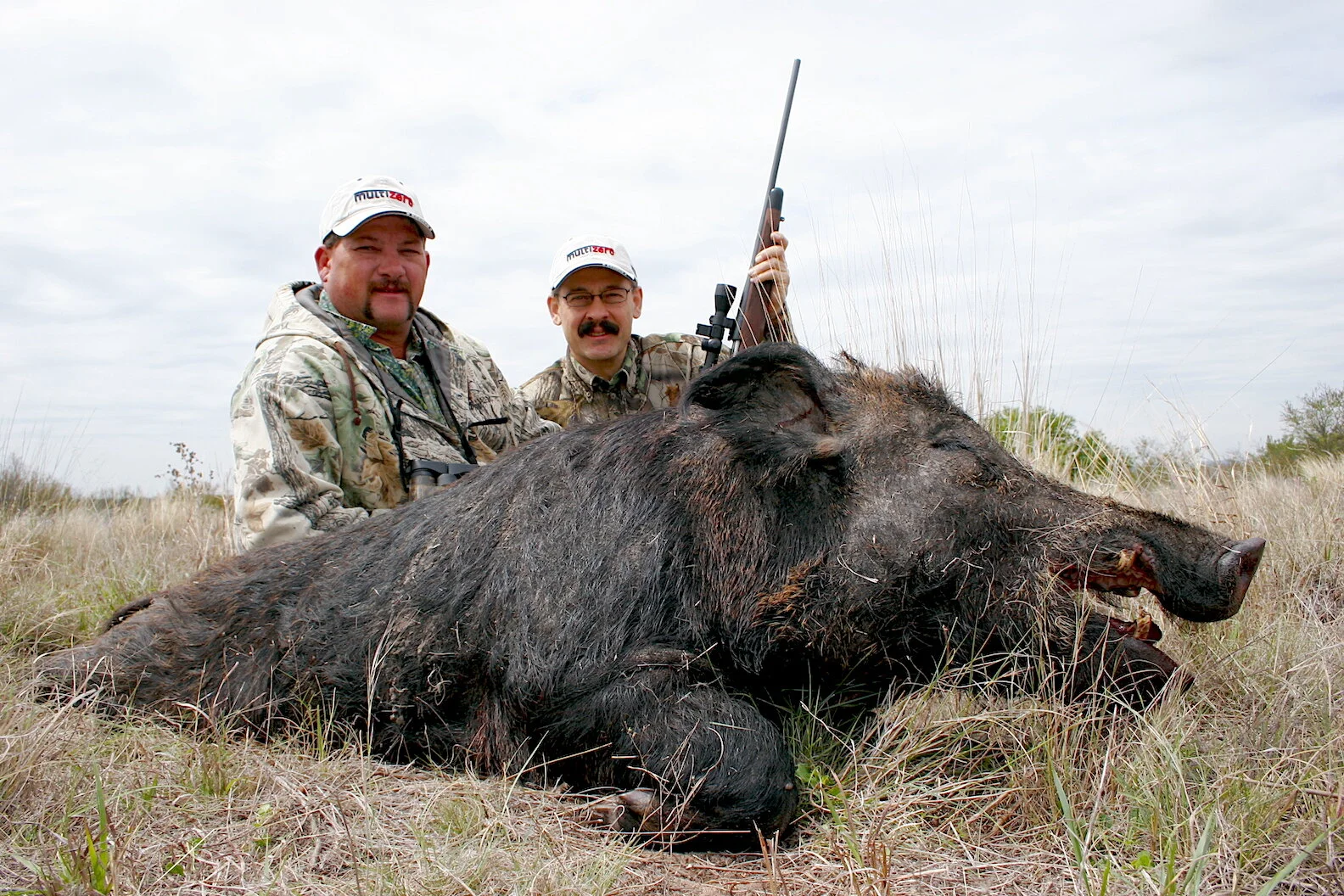Dear Ron: 300 Blackout Cartridge for boar & deer?
Q: Can you provide your insight regarding the 300 blackout cartridge and its use on boar & various species of deer?
Thank You,
Don
A: Hi Don,
I first viewed the 300 Blackout with a jaundiced eye, but it's proving to be one heck of an effective, close-range hog sweeper. Performance varies significantly depending on bullet type and weight, but perhaps the easiest way to understand it as a hunting cartridge is to compare it to the 30-30 Winchester. No one doubts the deer-killing performance of the 30-30, and the 300 Blackout can match or exceed that.
History of the 300 Blackout
First, a bit of history on this odd cartridge. It was first concocted by J.D. Jones of SSK Industries in the 1990s as part of his Whisper series of cartridges based on the 221 Fireball. If that sounds like a rather small case to be necking up to 30-caliber, consider that the Fireball itself was made by shortening the 222 Remington, itself one of our smallest 22 centerfires. Jones chambered T/C Contender handguns for these rounds and called them Whispers because he was keeping muzzle velocities below the speed of sound. The military was interested in this kind of performance for clandestine operations, I assume.
The 300 Whisper Goes Mainstream as 300 Blackout
At any rate, Jones’ Whispers were proprietary. Advanced Armament Corporation tweaked the round for solid performance in the M4 rifle. In 2011 AAC filed with SAAMI so the 300 Blackout could be chambered and loaded by anyone. Today it is perhaps best known as a self-defense and military round, but gaining the spotlight as an effective hog killer, especially when combined with a suppressor to really muffle the report. Shooters are making multiple kills of the crop raiders before the herd can disburse.
Blackout ammo is loaded with a surprising variety of bullets from 78-grains to 220-grains with 110-grains quite popular at 2,300 fps to 2,400 fps. You have to step up to the true heavyweights to get below the speed of sound. But what does this mean for boar and deer killing performance?
A 300 Blackout was not used to take this feral hog, but its parent case, the 221 Fireball, was! If a 50-grain bullet from the Fireball can do in a hog of this size, the 300 Blackout should have no problems.
300 Blackout Beats 30-30 Winchester?
Let’s consider the Blackout with 150-grain bullets at 2,100 fps. As deer ammo goes, that’s slow, but only 200 fps slower than the old 30-30. And, because 300 Blackout bullets are pointed instead of flat-nosed or round-nosed like 30-30 bullets, they are more efficient, more aerodynamic. Their higher B.C. ratings mean they actually shoot flatter and retain more foot pounds of energy than the 30-30 after about 100 yards! And they do this by burning about 10 to 12 grains less powder than the 30-30.
You see where this is going, don’t you? The 300 Blackout shooter is getting 30-30 performance with about one-third the powder and slightly less recoil. It appears woefully underpowered, yet, thanks to the higher B.C bullets it shoots, it outperforms our beloved old 30-30. I don’t want to knock the 30-30 here, but it’s also true that the Blackout is more versatile than the 30-30. When was the last time you saw 30-30 ammo offered with anything but 150-, 160-, or 170-grain bullets? The Blackout with a 220- or 225-grain bullet can be driven at least 1,000 fps from a 16" barrel to give about 488 foot pounds of energy at the muzzle. Not a lot, but those high B.C. bullets hang onto it while deflecting minimally in the wind. At 100 yards energy is still 450 foot-pounds, drift only an inch or so in 10 mph right angle breeze. At 200-yards drift is 4.5", energy nearly 418 f-p. A long, heavy bullet like that is going to penetrate like a steel rod, which is likely why the military is interested in it as a tactical weapon and some view it as a good self defense option. Momentum!
But that momentum is just as effective for the hog hunter. And it should work at least as well as the 30-30 on big antlered deer. In short, the 300 Blackout is definitely worth investigating. Now if only they’d chamber it in a lever action rifle!







